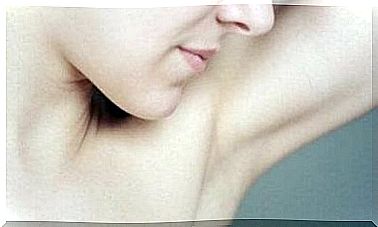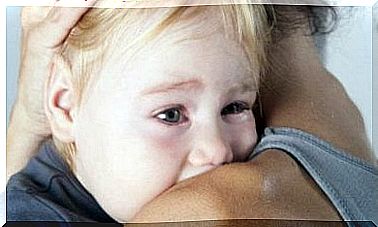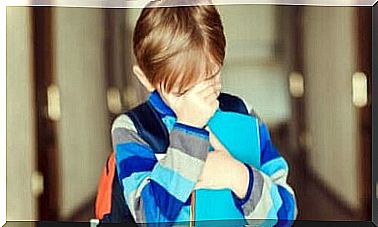Lactose Intolerance In Babies – How Do You Recognize It?
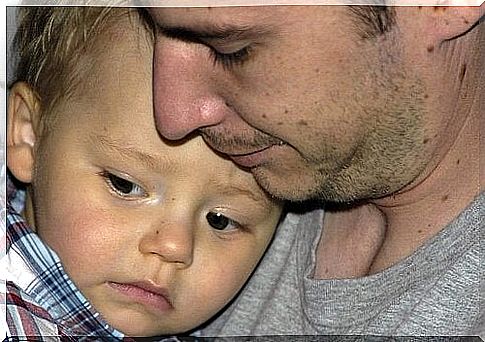
Being alert to symptoms is the best way to spot lactose intolerance in babies. In this article we are therefore going to share with you the symptoms that are characteristic of this condition.
For starters, it’s important to note that acute diarrhea is the most common sign of lactose intolerance in young babies. From the age of entering kindergarten, recurring abdominal pain, abdominal distention and bloating are the main complaints.
According to Dr. Sylvia Cruchet, lactose intolerance is one of the main reasons people consult gastrointestinal doctors. She herself is a specialist in gastroenterology and pediatric nutrition.
Symptoms of lactose intolerance
For example, the main symptoms of lactose intolerance are:
- liquid stool
- a bloated stomach
- air in the abdomen
- a bloated feeling
- stomach ache
- intestinal cramps
- irritability
In the case of babies or children under the age of 2, there may even be an acidic stool which can cause excoriation of the anal area. This stool may have a sour smell or sometimes the smell of vinegar.
However, according to Cruchet, the most important factor is the occurrence of diarrhea when ingesting lactose.
It is therefore important to study whether the diarrhea stops when the consumption of lactose is discontinued.

What is lactose?
Also known as milk sugar, lactose is the predominant sugar found in milk. According to specialists, the main cause of lactose intolerance is the inability of the gut to digest and convert it into glucose and galactose.
This is the result of a deficiency of an enzyme (protein) called lactase. Lactase is produced in the small intestine.
In an article that Dr. Cruchet published, she states that 80% of the world’s population suffers from lactose intolerance to a greater or lesser extent. Many people have symptoms that are reminiscent of irritable bowel syndrome.
She also points out that lactose intolerance is a type of reaction to food that triggers different reactions. Lactose intolerance is triggered by a non-immune mechanism and is 5 to 10 times more common than allergic reactions.
High levels of lactose
Lactose is present in the breast milk of all mammals from the end of pregnancy and during the lactation period.
Lactose is the main source of carbohydrates for both preterm and newborn babies. Breast milk contains about 7% lactose. That’s a lot compared to other mammals. Cow’s milk, for example, contains only 4% lactose.
You can use cow’s milk as a substitute for breast milk if the mother has insufficient or no milk.
There are different types of lactose intolerance:
- Congenital lack of lactase
- Primary or later lactase deficiency
A congenital lack of lactase is very rare and probably genetic. The symptoms start right at birth.
One symptom that can serve to recognize this type of intolerance is diarrhea that occurs after the first time a baby drinks breast milk. The same goes for cow’s milk and other products that contain lactose.
These children usually have good health and a healthy appetite. However, they soon develop symptoms of dehydration and acidosis. This is acidification of the blood.
If you do not treat the child adequately, it can lead to secondary malnutrition. According to Dr.Cruchet, there is a rapid improvement in symptoms once lactose intake is stopped.
In contrast , primary or later lactase deficiency results from the normal decrease of the enzyme lactase in the intestinal mucosa.
This kind of intolerance occurs as soon as the child is no longer breastfed. A high percentage of the human population suffers from this. The decrease in lactose often occurs at a very young age (between 1 and 3 years).
Lactose intolerance may also be more common in populations living in environments with poor hygiene conditions. This happens due to repeated gastrointestinal infections and malnutrition.
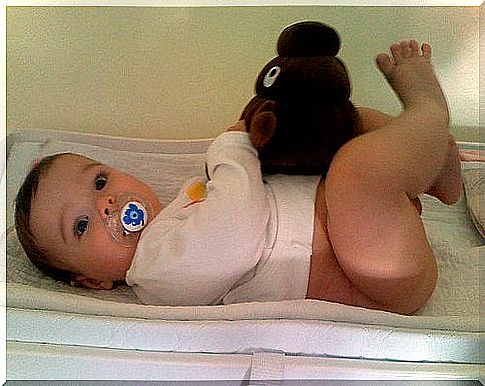
Diagnosing Lactose Intolerance
According to Dr. Sylvia Cruchet, lactose intolerance is most often diagnosed through the pH and reducing agents found in the stool.
It is an affordable analysis and is offered by most clinical services. This diagnostic method is particularly useful in infants. In adults, however, the result is less reliable.
Another test for lactose intolerance is the hydrogen test in exhaled air. However, children must be old enough to blow through the test tube to perform the test.


